After the war Paris enthusiastically adopted the new jazz style and imitating the Dixieland groups of New Orleans limited the ensemble to a clarinet trumpet and trombone along with the rhythm section. While the differences between the two are subtle theyre worth noting so that your next music-fueled trip to NOLA can be done like a pro.
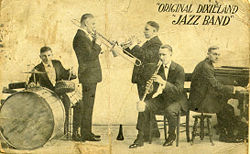
Dixieland New World Encyclopedia
New Orleans style Dixieland flourished in the United States from 1900 to 1917 The melodic instruments or cornet clarinet and trombone of a Dixieland band were known as the.

. From 1900 to 1917. The jazz style called swing flourished in America from _____. New Orleans style Dixieland flourished in the United States.
A revival movement for. In Art Culture. From the 1890s to about 1900.
New Orleans style Dixieland flourished in the United States. There were two important differences however in the cities styles. The melodic instruments or cornet clarinet and trombone of a Dixieland band were known as the.
In the late 1930s recognizing that early jazz had been neglected and deserved serious study jazz enthusiasts turned back to New Orleans. Dixieland jazz emerged from ragtime and was influenced by the blues gospel music work songs brass bands and ring shout. After the war Paris enthusiastically adopted the new jazz style and imitating the Dixieland groups of New Orleans limited the ensemble to a clarinet trumpet and trombone along with the rhythm section.
From the 1890s to about 1900 B. From the 1860s to about 1890. The rhythms and variations played in the citys Congo Square sowed the seeds for Dixieland.
From 1900 to 1917. New Orleans style Dixieland flourished in the United States _____. New Orleans style or Dixieland Jazz was incredibly popular through the 1920s but the 1930s saw a new musical movement appear on the scene.
Where did Dixieland jazz come from. The composer conductor and pianist who began his spectacular career as substitute conductor of the New York Philharmonic on only a few hours notice was. Dixieland jazz included tenor and alto saxophones.
The Chicago style incorporated more blues trademarks. The music emphasized the second and. The major center of jazz from about 1900 to 1917 was.
Dixieland and Chicago-style jazz completely died out after World War II. A style of music influenced by Dixieland music and ragtime with its ragged rhythms and syncopated melodies. The most distinctive feature of New Orleans style jazz was _____.
From 1900 to 1917 D. New Orleans music had continued to show the heavy influence of marching bands in its square rhythm and in its ensemble focus. Collective improvisation by the front line.
New Orleans style Dixieland flourished in the United States _____. New Orleans is well-known as the birthplace of American jazz but lesser-known is the Crescent Citys connection to Dixieland Jazz - a uniquely NOLA mashup between traditional jazz and ragtime. In Dixieland jazz the front line was responsible for.
Which of the following is not true of Sun Ra. Cornet clarinet and trombone. The 1917 recordings by the Original Dixieland Jass Band which shortly thereafter changed the spelling of its name to Original Dixieland Jazz Band fostered awareness of this new style of music.
Once the small-band New Orleans style fell out of fashion attempts were made to revive the music. Many of the jazz musicians merged into larger combos eventually creating the big bands of the late 1930s and 1940s. The form called Dixieland actually flourished and had its greatest success in Chicago.
The king of ragtime is acknowledged to be. New Orleans-style Dixieland flourished in the United States A. The most famous blues singer of the 1920s known as the empress of the blues was.
New Orleans style Dixieland flourished in the United States from 1900 to 1917. From 1917 to 1935. The most distinctive feature of New Orleans style jazz was.
Many New Orleans musicians and others were still actively playing traditional jazz. Dixieland also known as hot jazz or traditional jazz is a style of jazz developed in New Orleans at the start of the twentieth century. From 1900 to 1917.
New Orleans style Dixieland flourished in the United States. From 1900 to 1917. Collective improvisation by the front line.
The major center of jazz from about 1900 to 1917 was. Asked Aug 28 2019 in Art Culture by cjames88. From the 1860s to about 1890.
The front line of a Dixieland group included. From 1900 to 1917. From 1917 to 1935 C.
Asked May 25 2017 in Art Culture by ImRemi. Cornet clarinet and trombone. New Orleans style Dixieland flourished in the United States ________.
New Orleans style Dixieland flourished in the United States 1900 to 1917 The melodic instruments or cornet clarinet and trombone of a Dixieland band were known as the. Applachian Spring originated as a. New Orleans style Dixieland flourished in the United States.
The front line of a Dixieland group included. From 1900 to 1917. Ragtime was a style of playing that never coexisted with Early New Orleans Dixieland jazz.
From 1900 to 1917. Serialism is a compositional technique in which. What new style of music was influenced by Dixieland and ragtime during the Harlem Renaissance.
New Orleans style Dixieland flourished in the United States. What style of music was influenced by Dixieland. New Orleans Louisiana United States.
The front line of a Dixieland group included. Bebop as a musical style developed in the. All answers are correct.
All answers are correct. Dixieland sometimes referred to as traditional jazz is a style of jazz based on the music that developed in New Orleans at the start of the 20th century. The mbira may be described as an melodic idiophone with tongues of metal or bamboo attached to a sounding board.
He was a musician who introduced an improvisational early form of jazz.

Dixieland Definition History Artists Songs Facts Britannica

Dixieland Definition History Artists Songs Facts Britannica
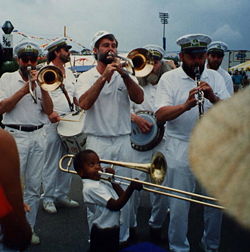
Dixieland New World Encyclopedia

Neworleansstyledixielandflourishedintheunitedstates A Fromthe1860stoabout1890 B Course Hero
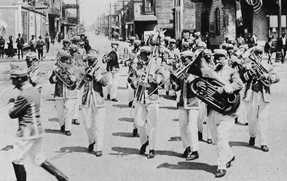
Jazz Origins In New Orleans New Orleans Jazz National Historical Park U S National Park Service
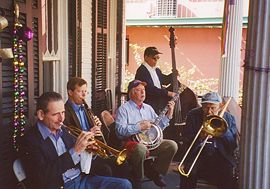
Dixieland New World Encyclopedia
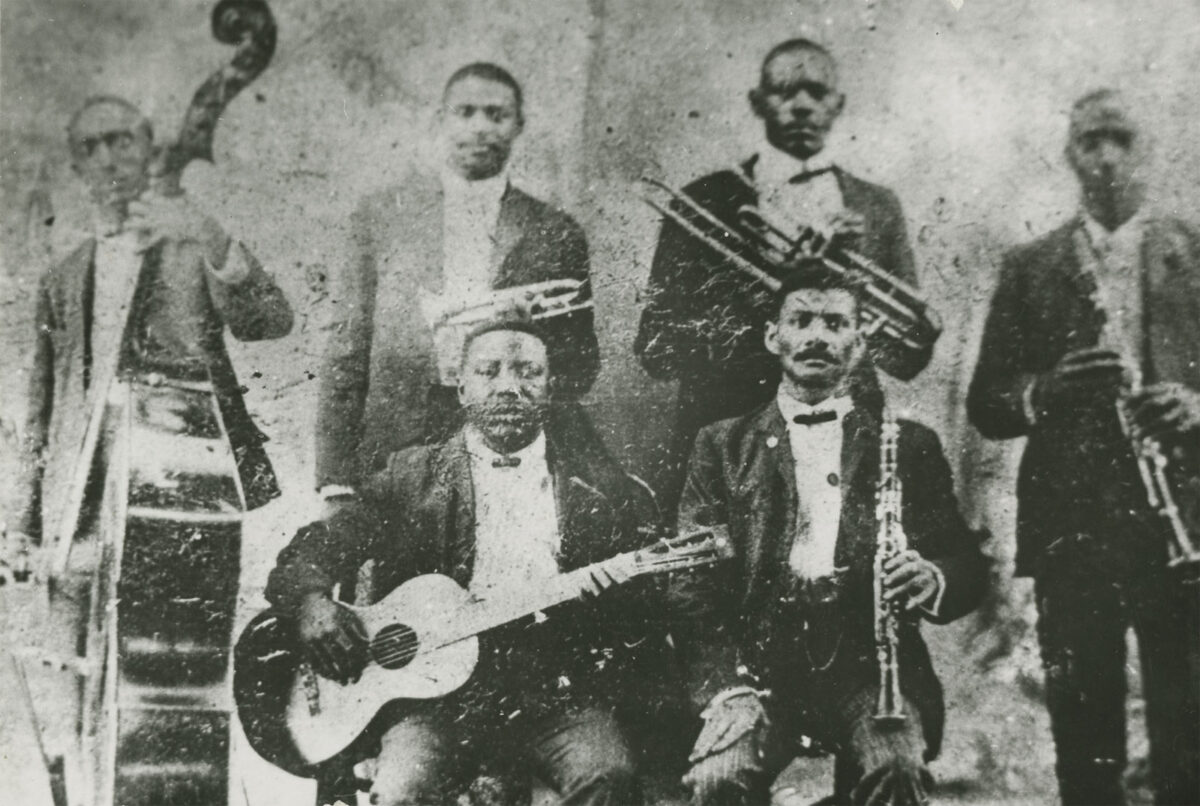
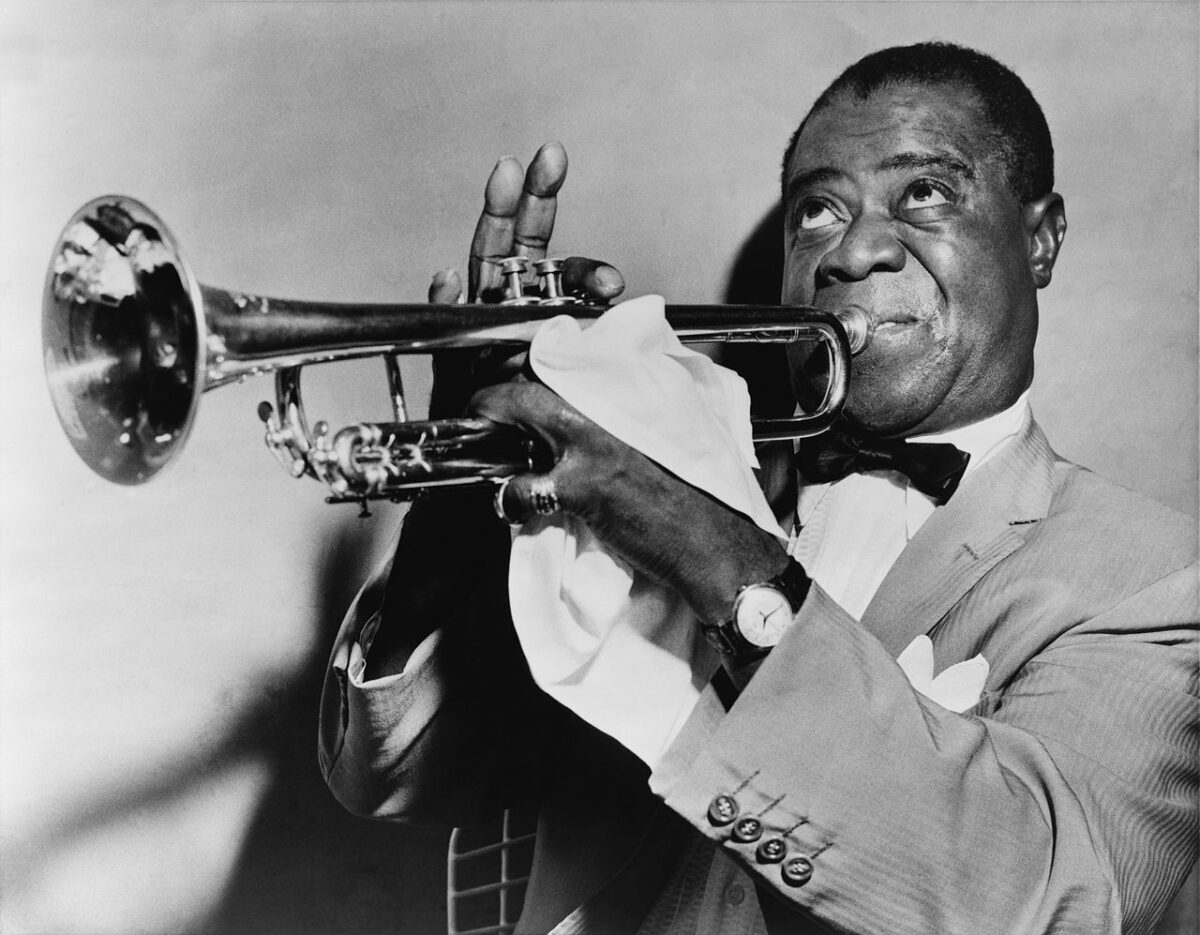
0 comments
Post a Comment